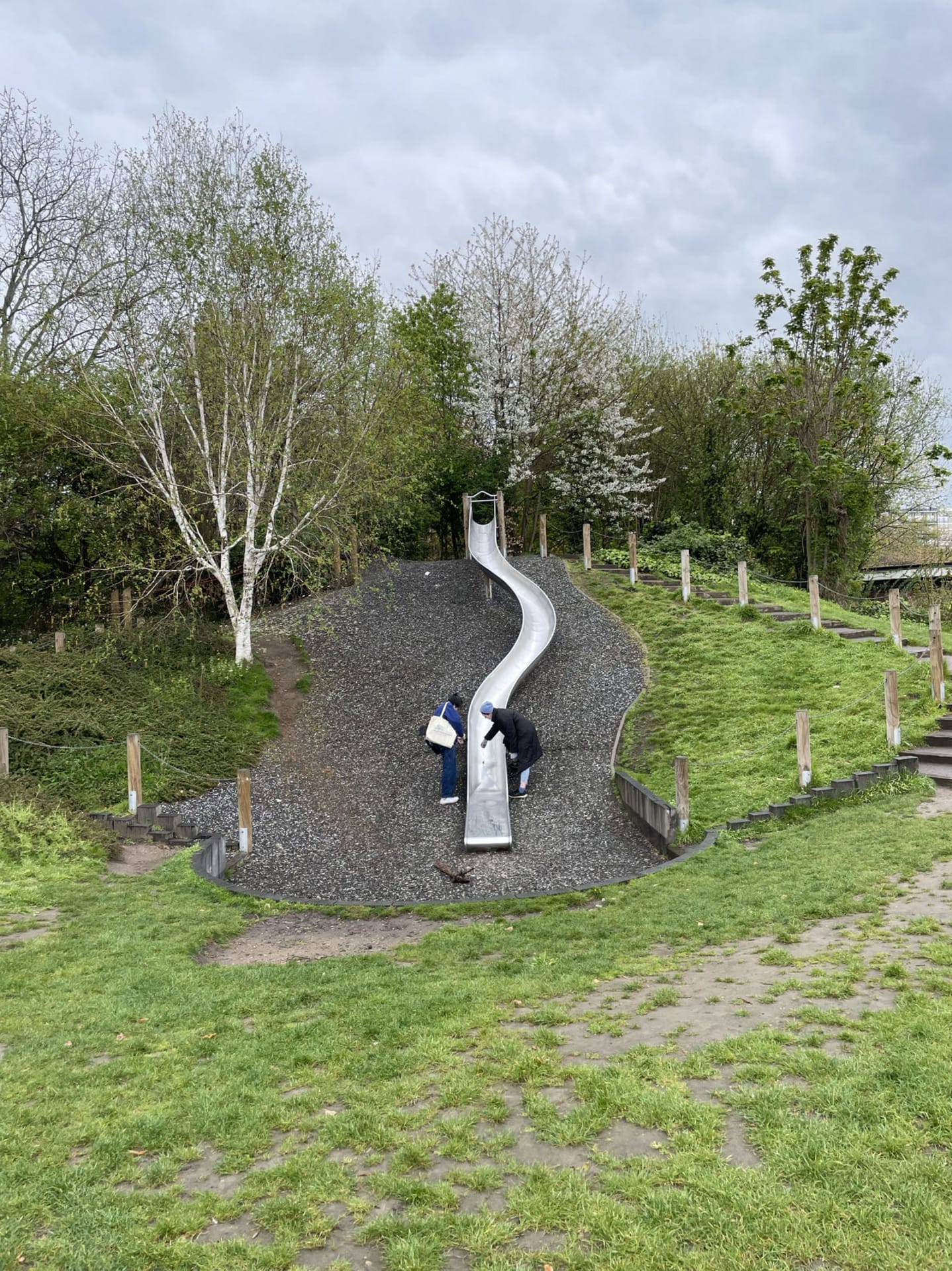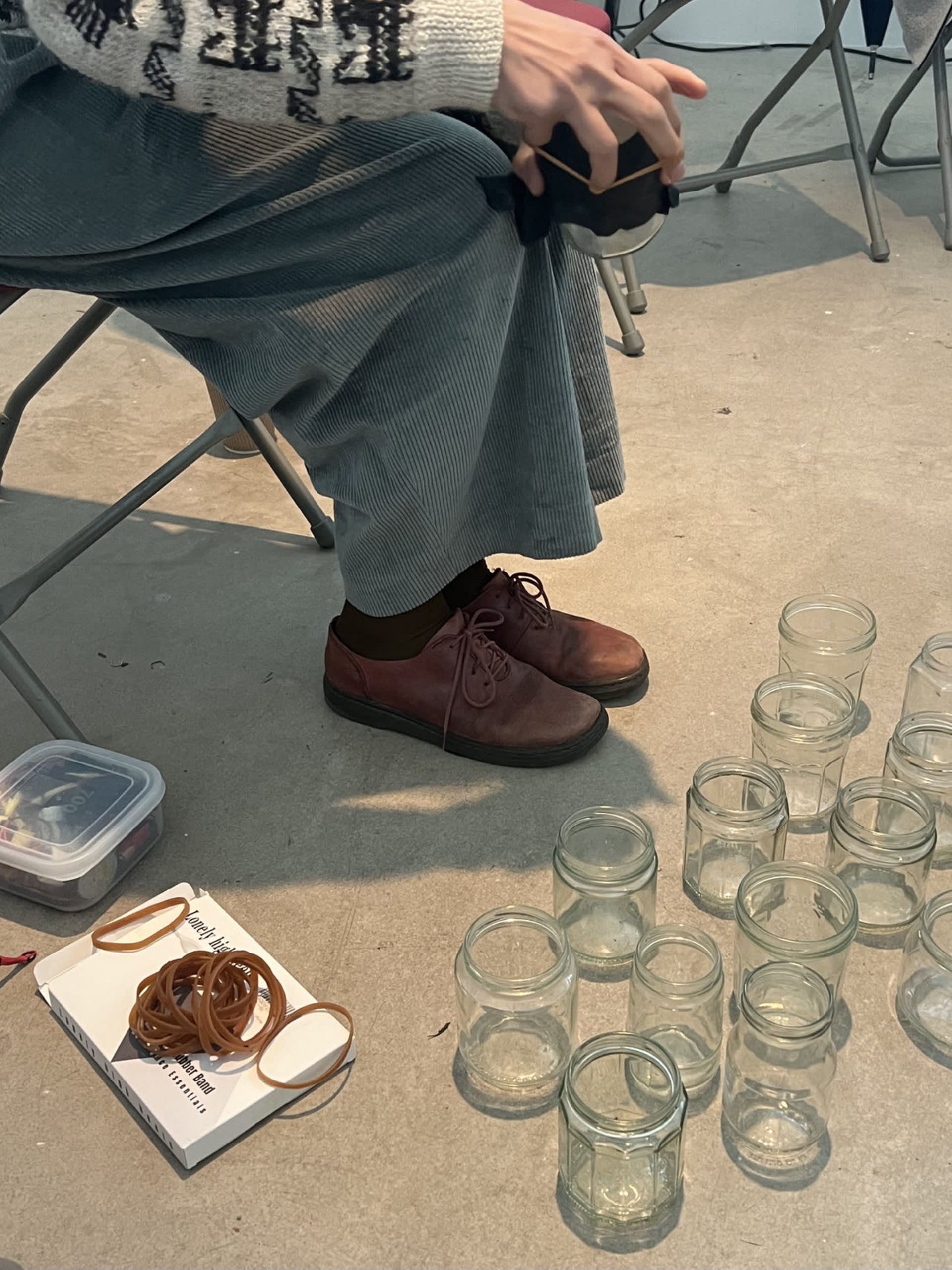What exists between individuals in relationships? Is it a boundary, a narrative, or a hidden undercurrent of controversy?
In the spring of 2014, a special program production team from Japan's NHK television station released a collection of interview works titled "Unconnected Society." In Japan, "unconnected" is interpreted as "in the process of high-level growth, many traditions that maintain interpersonal relationships are broken, and a person gradually loses all connections, encompassing social ties, blood ties, and regional ties." However, dealing with the "unconnected society" in the current context of China is not an easy task, as it is entangled with many complex issues.
In his book From the Soil: The Foundations of Chinese Society(1947), contemporary sociologist Xiaotong Fei mentioned that the expanded form of China's rural society is like seeds blown away by the wind from an old tree, either finding new land to survive or being eliminated if they don't find land. In China, tens of millions of young people live far away from their hometowns, and relatives, and struggle alone in big cities, facing severe survival pressures. Factors such as modernization, industrialization, and individual atomization also contribute to their active or passive loss of various connections. As sociologist Yinhe Li said, "In the past, it seemed like everyone had to get married. When men reached a certain age, they should get married, and when women reached a certain age, they should get married. But now many people choose to remain single, which is a rare change in China." From this perspective, people often avoided being unconnected in the past, but now many people actively choose to give up those connections.
Regarding "names," everyone seems to be easily asked, "How did you get your name? What does your name mean?" Everyone is expected to tell a story to fill the gap between family/family history and oneself to rationalize their continued blood relationship. And the rhetoric of "names" as a metaphor for home points to this humanistic culture derived from blood relations, which develops along with the development of individuals, families, and lineages.
The narration of "birthplace" is usually used to recreate the subject's nostalgia for their hometown. Geographical ties are a projection of blood ties, and those who are always questioned with "Where are you from?" may themselves be perfect examples of displacement and alienation. While it is possible to romanticize being a wanderer in a foreign land, it conceals the genuine pain and unbearable partings that we have long established with this land. For those who have left their hometowns, their descendants can still trace their ancestors' birthplaces or ancestral hometowns as their native or ancestral origins. Regardless of the reasons why personal memories may not reach this goal, collective narratives will define your/our/her/their connections in place of personal memories.
As for the "current residence," it is both an ecological medium for relational exchanges and represents the location where people are currently situated and the social ties that spread from it. The boundaries of "inside" and "outside" identities gradually blur through migration to a foreign land. "Outsiders" can be assimilated to become "locals" and can also become "travellers." The current place of residence may also become one's "hometown" in the future. Urbanism is a beautiful fairy tale that never mentions the high walls of boundaries, always tilted, some people can easily cross over, some people have no return, and it also keeps some people permanently trapped in one place.
It is these simple personal details that constitute the majority of our connections.
At the forefront of China's international exchanges, the Beijing area's historical culture and social ecology are constantly transforming into vibrant new aspects. Faced with this reality, this exhibition takes "names, hometowns, and current places of residence" as its theme, extending the critical reflection on the "unconnected society" to the field of art, and bringing about a ritual based on emotions and collective imagination. How can we explore the exchange between "individuals" with an open perspective and diverse media? Or what has happened that led us to choose autonomous solitude? Should we return to a society with strong blood ties, regional ties, and social ties for exploration, especially in the post-pandemic era? Do we have methods to build new types of connections? And how can art, as a means of therapy, bridge the gap in relationships between people within the exhibition space? How can we obtain a more valuable future through giving, caring, and reciprocal exchanges (rather than exploitation)?










